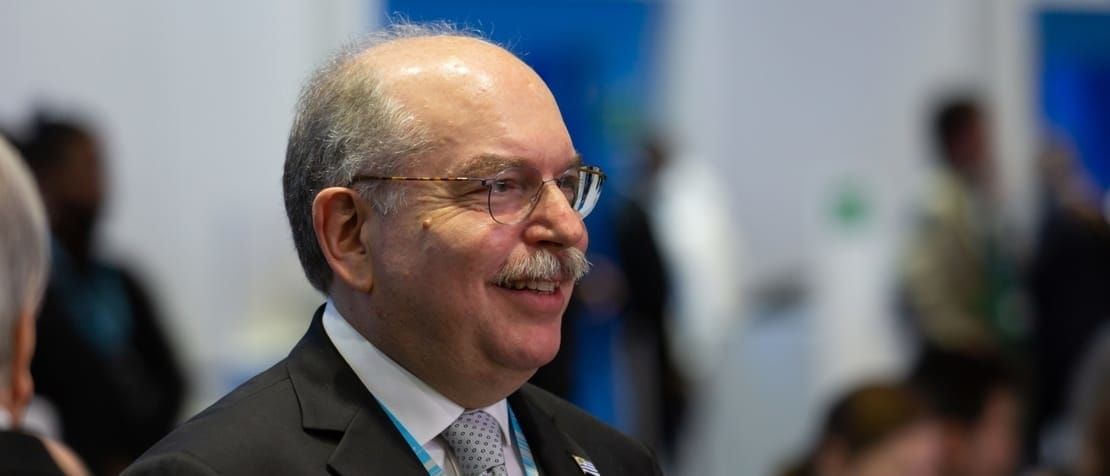
How ITUs Radiocommunication Sector is working towards the Connect 2030 Agenda
*Today, ITU marks World Telecommunication and Information Society Day (WTISD). This year’s theme, “Connect 2030: ICTs for the Sustainable Development Goals (SDGs)” focuses on the five strategic goals of the Connect 2030 Agenda: growth, inclusiveness, sustainability, innovation and partnership.
Here is how ITU’s Radiocommunication Sector (ITU-R) is working to achieve the Connect 2030 Agenda.
The regulatory framework established since the first Radiotelegraph Convention in 1906, not only ensures that radiocommunication services can coexist, but also provides the stability required to attract investments and enable the exponential growth of telecommunications and ICTs.
The outcomes of each World Radiocommunications Conference open opportunities for innovation in the field of telecommunications. From connecting unmanned aircrafts, to connecting cars, planes, ships, machines, and all things that can be connected using wireless communications. These innovations positively impact the lives of billions of people around the world through the creation of a digital landscape for sustainable growth and development.
The agenda of the Radiocommunication Conferences includes new technologies that aim at bridging the digital divide and building an inclusive digital economy and society. The development of globally harmonized spectrum and standards enables economies of scale that reduce the cost of network equipment and user devices. This key work helps ensure more people across the world are connected and able to benefit from the widening range of digital services offered via wireless communication.
The cooperation and partnerships between all stakeholders is what allows us to come to common agreements that are then adopted by countries throughout the world.
The telecommunications and ICT sector needs to face the challenges that result from their own success. Efforts to significantly increase the spectrum efficiency of wireless networks allows them to reach more people cost effectively and promotes sustainability by simultaneously reducing both energy consumption and the generation of e-waste
Therefore, after 155 years, evolving from the telegraph towards the radiocommunication services we know today, the contribution of the Radio Regulations has always been paramount towards the achievement of the Connect 2030 Agenda, and more scale up the attainment of all the 17 Sustainable Development Goals.
